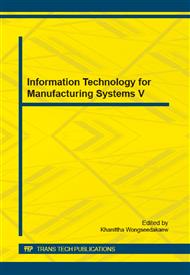p.3
p.10
p.17
p.22
p.26
p.31
p.36
p.40
Effect of Solution Heat Treatment Conditions on the Mechanical Properties and Formability for AA 2024 Alloy
Abstract:
The properties of the heat-treatable aluminum alloys are enhanced by solution heat treatment and controlled ageing. The mechanical properties become stable with natural ageing at room temperature within a few days for some heat-treatable alloys, especially 2XXX series, considerable changes of the properties occur even after many years for some of them. Solution heat treatment of AA 2024 is very critical and sensible and therefore it should be carefully conducted. In this research, the effects of the solution temperature, soak time, quenching delay and heating rate of AA 2024 on the mechanical properties and the formability index (limiting dome height) were investigated in order to determine optimal solution heat treatment condition. Mechanical properties were determined and limiting dome heights of the formed parts were measured for all the situations and optimal solution heat treatment conditions were determined by using ANOVA method.
Info:
Periodical:
Pages:
3-9
Citation:
Online since:
October 2014
Authors:
Keywords:
Price:
Сopyright:
© 2014 Trans Tech Publications Ltd. All Rights Reserved
Share:
Citation:


